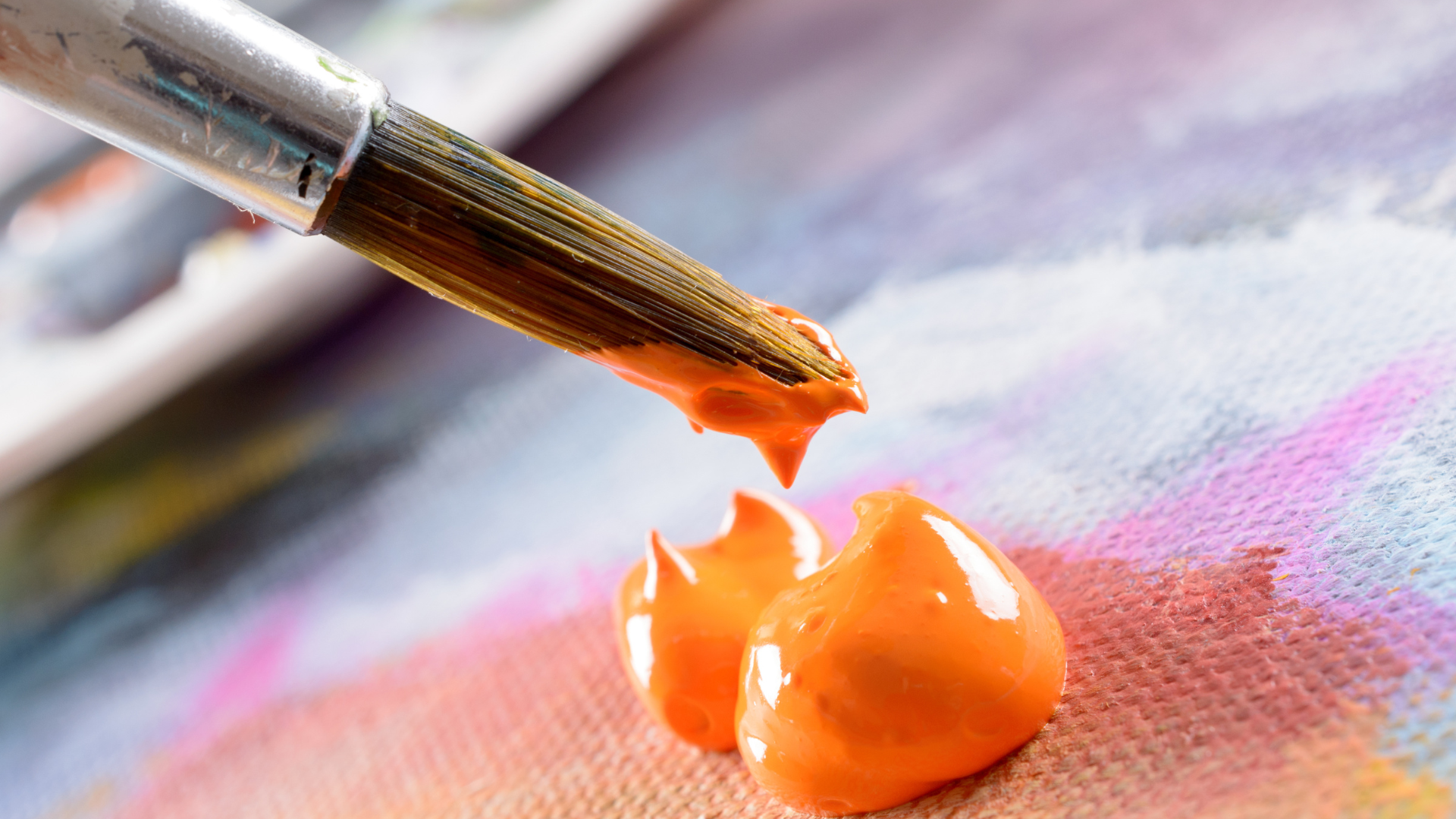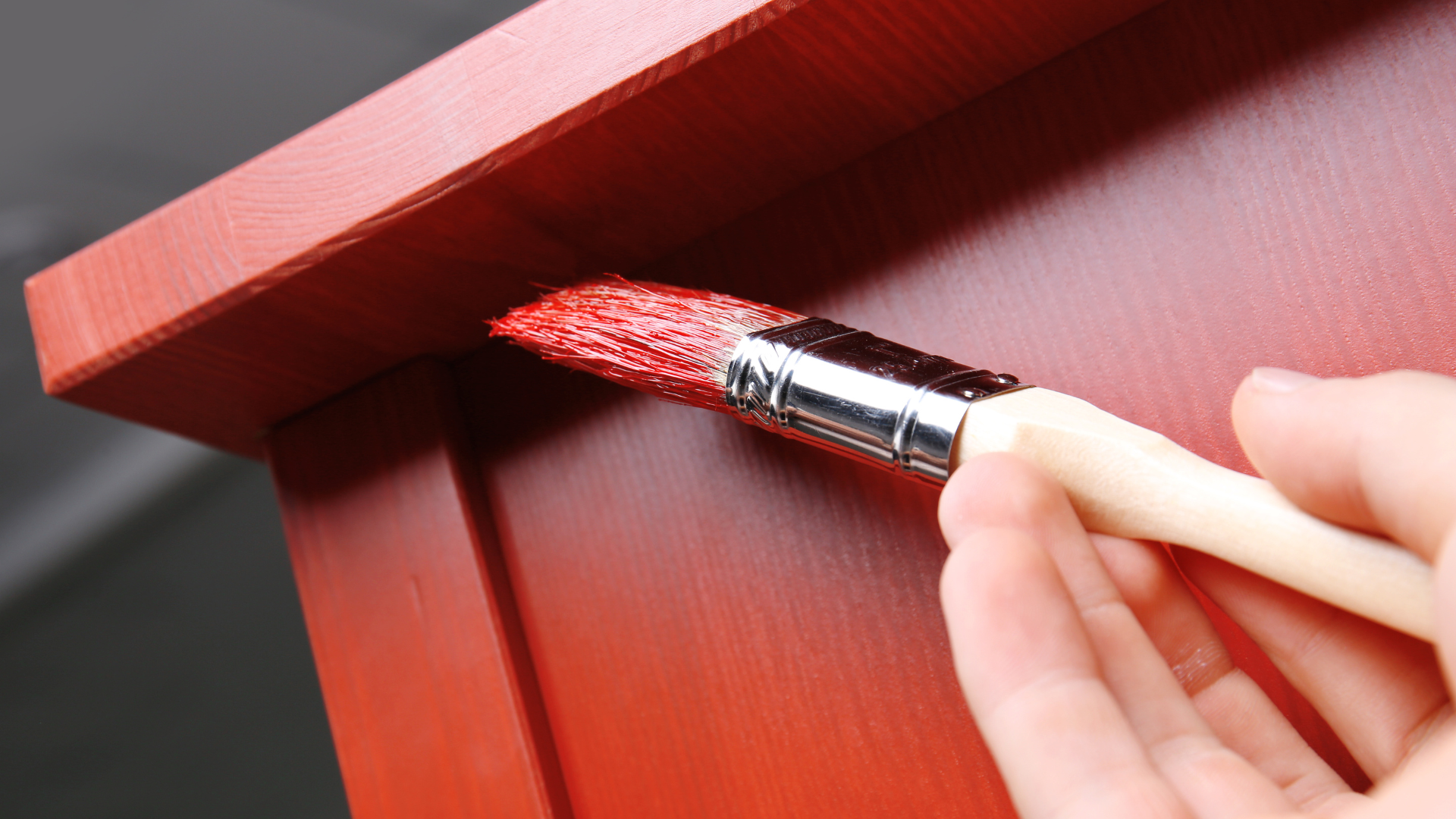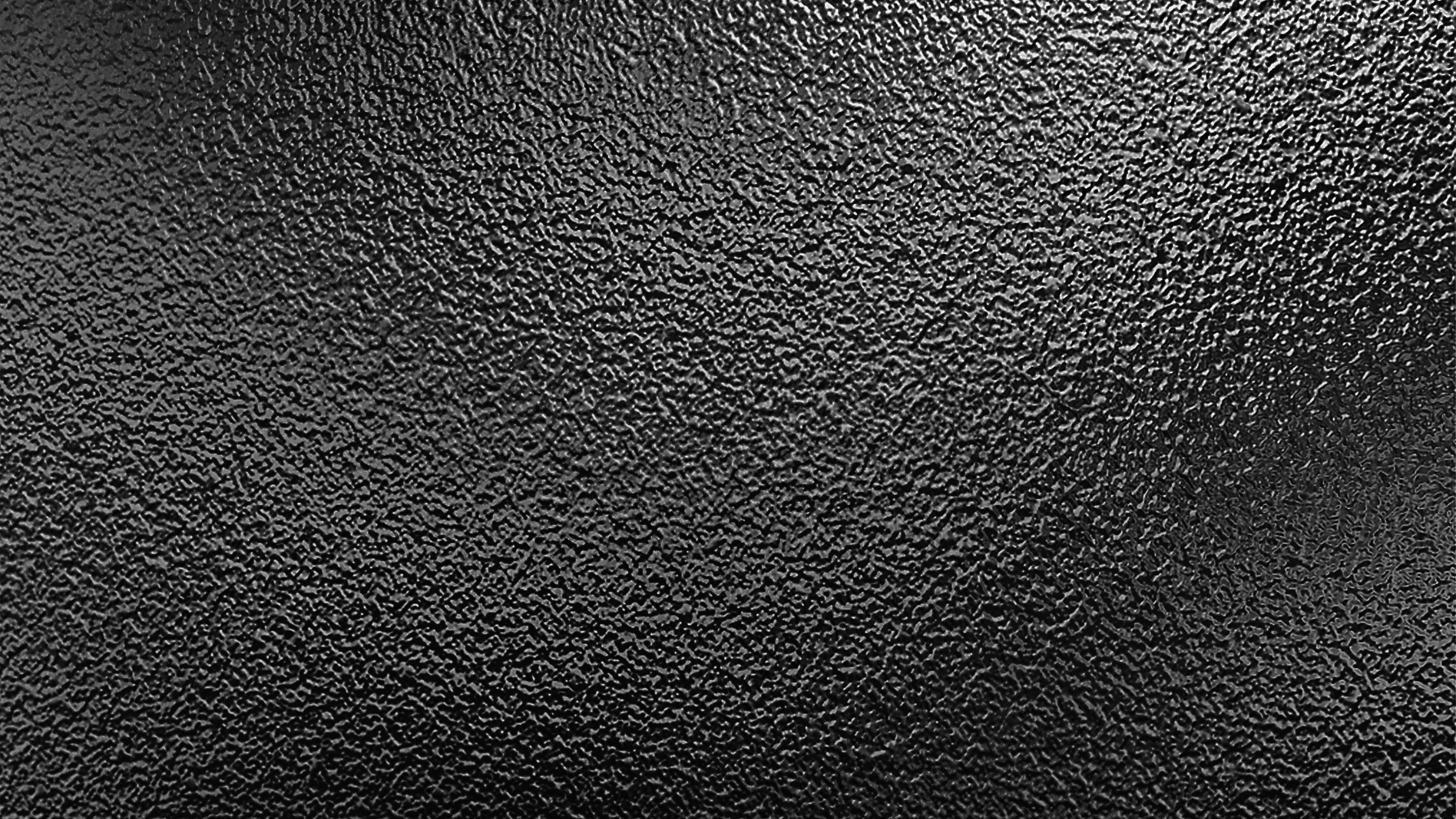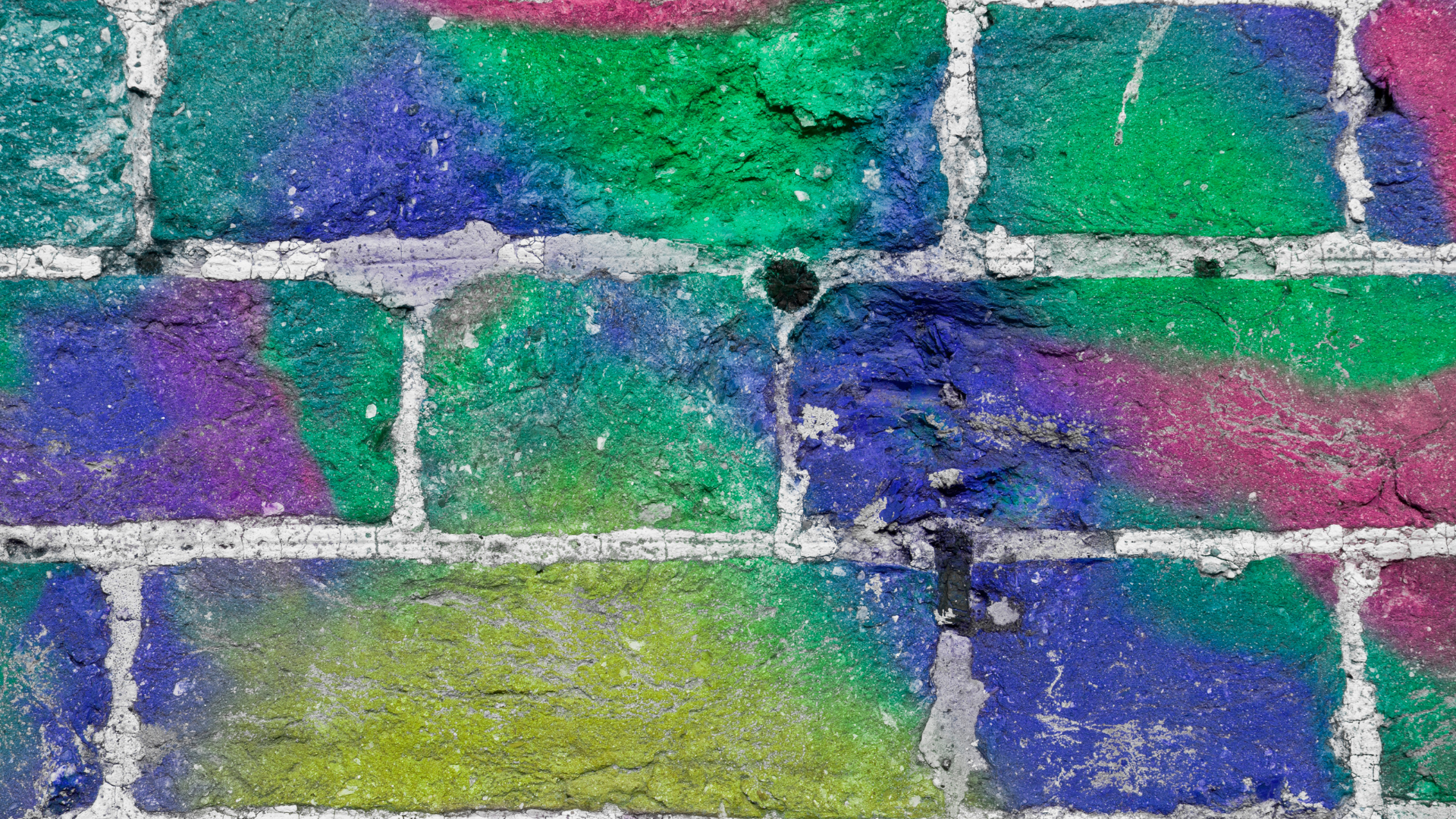
There’s a distinct kind of satisfaction that comes from completing a do-it-yourself (DIY) project. Whether it involves giving a forgotten piece of vintage furniture a new lease of life or completely transforming a room’s ambiance with a fresh coat of paint, DIY projects offer a great way to stretch your creative muscles. However, to get the most from your project (and effort), it’s essential to choose the right type of paint. In this blog, we will guide you through the different types of paints available to ensure your DIY project is a resounding success.
Acrylic Paint

Acrylic paint is a water-based paint known for its fast-drying nature. It’s easy to clean up and has low volatile organic compounds (VOCs), making it an environmentally-friendly choice. Acrylic paints are versatile, suitable for a variety of surfaces, including canvas, woodwork, metal, and walls. If your DIY project involves painting a piece of furniture or artwork, acrylic paint is often a solid choice.
Pros:
- Fast drying
- Low VOCs
- Easy cleanup with water
- Versatile
Cons:
- Can be less durable than oil-based options
Oil-Based Paint

Oil-based paints are praised for their durability and rich, high-gloss finish, ideal for DIY projects that see heavy use or frequent exposure to the elements, such as outdoor furniture or interior trim. However, bear in mind that oil-based paints can yellow over time, have a strong odor, and require cleanup with mineral spirits or paint thinner.
Pros:
- Highly durable
- Rich, glossy finish
Cons:
- Strong odor
- Requires solvents for cleanup
- Can yellow over time
Chalk Paint

Looking for paint that doesn’t need a primer? Chalk paint could be your new best friend. Famous for its ultra-matte finish, chalk paint sticks to almost any surface without the need for a primer or heavy sanding. It’s the go-to choice for furniture makeovers and shabby-chic DIY projects, providing a beautiful, antique look.
Pros:
- No primer needed
- Sticks to various surfaces
- Easy to distress for a vintage look
Cons:
- Less durable than other paints
- Requires a wax or sealant to protect the finish
Latex Paint

Latex is a water-based paint, often used for larger DIY projects like painting rooms. It’s durable, easy to clean up with soap and water, and dries quickly. It is easy to apply, and there are countless finish options, from matte to high-gloss, providing versatility for your decoration needs.
Pros:
- Easy to apply
- Quick drying
- Low odor
- Easy cleanup with water
- Versatile finishes
Cons:
- Less durable compared to oil-based paints on high-contact surfaces
Enamel Paint

If you’re planning a DIY project that requires a hard, glossy finish, then enamel paint could be the answer. Enamel paints are traditionally oil-based but can now be water-based as well. They are well-loved for their resistance against moisture, wear and tear and offer impressive durability.
Pros:
- Durable and long-lasting
- High resistance to moisture and wear
- Smooth, glossy finish
Cons:
- Oil-based variants require solvents for cleanup
- Can have a strong odor during application
Spray Paint

Every DIY venture is unique, with each project having its own set of requirements. So, before embarking on your next project, remember to assess the project’s needs properly:
- What surface are you working on?
- What look and finish are you going for?
- What’s its purpose, and to what conditions will it be exposed?
Having the answers to these questions will help you significantly in selecting the right paint for the job. So, roll up your sleeves, get that paintbrush ready, and make your DIY task an enjoyable and successful one!
Choosing the right paint can make your DIY project a rewarding and enduring success. By considering the pros and cons of each type of paint, you can ensure that your finished project not only looks great but also stands the test of time. Happy painting!
The Bottom Line

Every DIY venture is unique, with each project having its own set of requirements. So, before embarking on your next project, remember to assess the project’s needs properly:
- What surface are you working on?
- What look and finish are you going for?
- What’s its purpose, and to what conditions will it be exposed?
Having the answers to these questions will help you significantly in selecting the right paint for the job. So, roll up your sleeves, get that paintbrush ready, and make your DIY task an enjoyable and successful one!
Choosing the right paint can make your DIY project a rewarding and enduring success. By considering the pros and cons of each type of paint, you can ensure that your finished project not only looks great but also stands the test of time. Happy painting!
